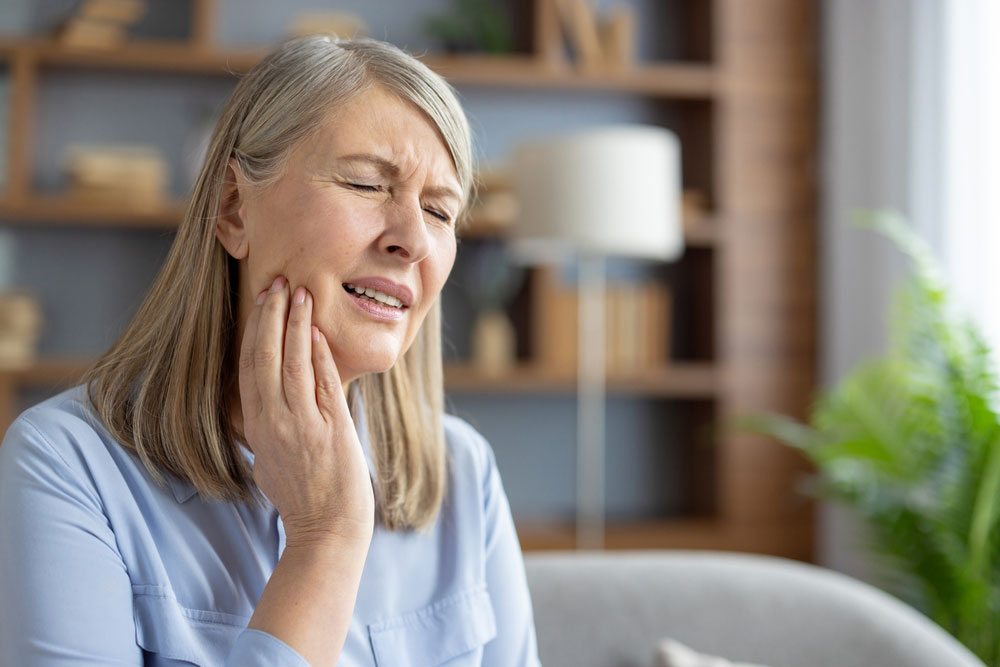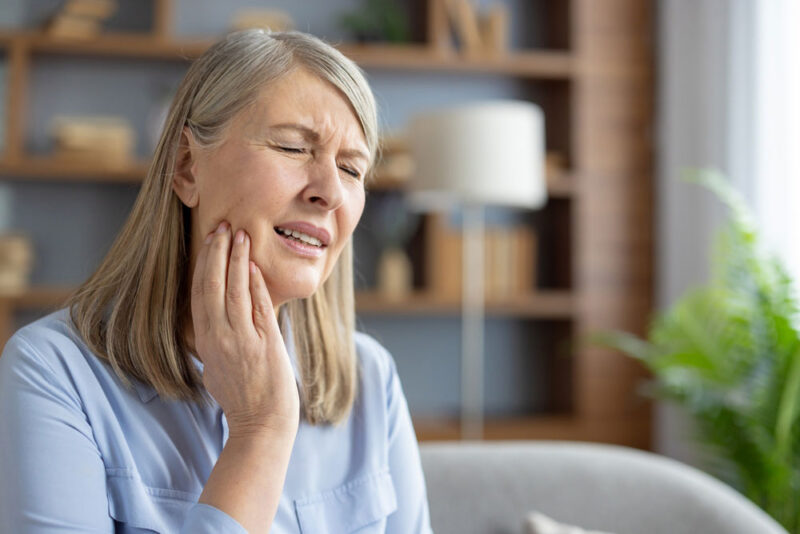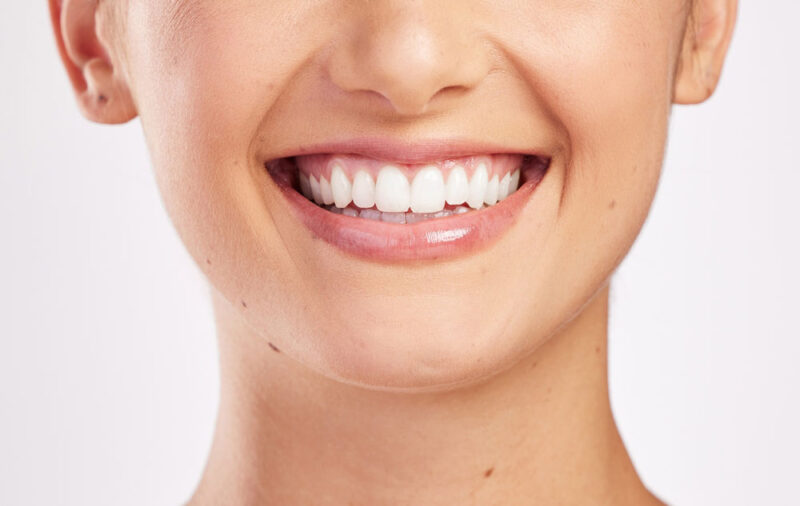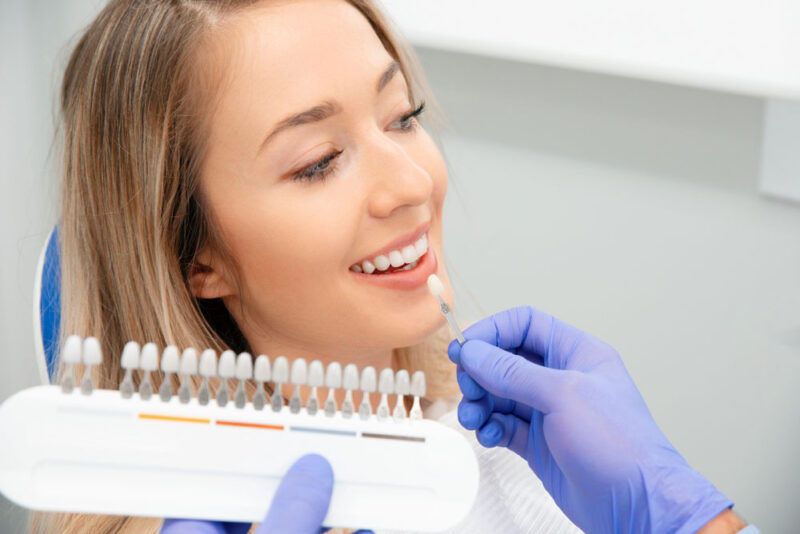Dental emergencies can strike without warning, causing pain, discomfort, and anxiety. Knowing how to respond can make all the difference in saving a tooth or preventing further complications. At Jowett & Lewis Family Dentistry, we emphasize preparedness and proactive care for patients in Topeka, KS.
Common Types of Dental Emergencies
Dental emergencies can range from minor discomfort to severe trauma. Understanding the types of emergencies helps you act quickly:
- Toothaches: Often caused by cavities or infections, persistent tooth pain requires immediate attention.
- Chipped or Broken Teeth: Accidents or biting on hard objects can result in fractures, exposing the sensitive inner layers of the tooth.
- Knocked-Out Tooth (Avulsion): A tooth knocked out due to trauma requires swift action to improve chances of reimplantation.
- Lost Filling or Crown: These incidents leave the tooth vulnerable to damage and sensitivity.
- Abscess: A severe infection in the tooth or gum can cause swelling, pain, and fever, requiring urgent care.
Immediate First Aid Tips for Dental Emergencies
Knowing what to do in the first few minutes after a dental emergency can significantly impact the outcome.
- For a Knocked-Out Tooth:
- Rinse the tooth gently with water, avoiding scrubbing.
- Try to place the tooth back in its socket, holding it by the crown.
- If reinsertion isn’t possible, store it in milk or saline solution and seek dental care immediately.
- For a Broken Tooth:
- Rinse your mouth with warm water.
- Apply a cold compress to reduce swelling.
- Save any tooth fragments and bring them to your dentist.
- For a Toothache:
- Rinse with warm salt water to reduce inflammation.
- Avoid placing aspirin directly on the tooth, as it can damage the gum tissue.
- Use over-the-counter pain relievers for temporary relief.
- For a Lost Filling or Crown:
- Apply dental cement or sugarless gum to cover the exposed tooth temporarily.
- Bring the crown or filling to your dentist for reattachment.
When to Visit the Dentist
While first aid provides temporary relief, professional care is crucial to address underlying issues. Contact Jowett & Lewis Family Dentistry in Topeka, KS, immediately if:
- Pain persists despite first aid measures.
- Swelling, fever, or difficulty swallowing occurs.
- A tooth is knocked out or significantly damaged.
Prevention Tips for Avoiding Dental Emergencies
While not all emergencies are avoidable, these precautions can minimize risks:
- Wear a Mouthguard: Protect teeth during sports or physical activities.
- Avoid Hard Foods: Ice, popcorn kernels, and hard candy can crack or chip teeth.
- Maintain Good Oral Hygiene: Regular brushing and flossing help prevent decay and gum disease.
- Schedule Routine Checkups: Early detection of dental issues prevents complications.
The Importance of Preparedness
Keeping a dental first aid kit at home can save valuable time during emergencies. Essential items include:
- Gauze and cotton swabs.
- A small container for storing knocked-out teeth.
- Pain relievers like ibuprofen.
- Dental wax or cement.
Long-Term Care After a Dental Emergency
After addressing the immediate concern, follow-up care ensures proper healing and prevents recurrence. Depending on the severity, treatments may include crowns, root canals, or extractions. Your dentist will provide guidance on maintaining oral health post-treatment.
Establishing a trusted relationship with your dentist ensures that you’re well-prepared for emergencies. At Jowett & Lewis Family Dentistry, we prioritize patient education and provide a supportive environment for families in Topeka, KS.
Sources:
- Andersson, L., et al. (2012). International Guidelines for the Management of Traumatic Dental Injuries. Dental Traumatology.
- Camp, J. H., & Todd, B. (2018). Managing Dental Emergencies: A Practical Guide. Journal of Endodontics.
- Trope, M. (2011). Clinical Management of Avulsed Teeth: Present Strategies and Future Directions. Dental Traumatology.










